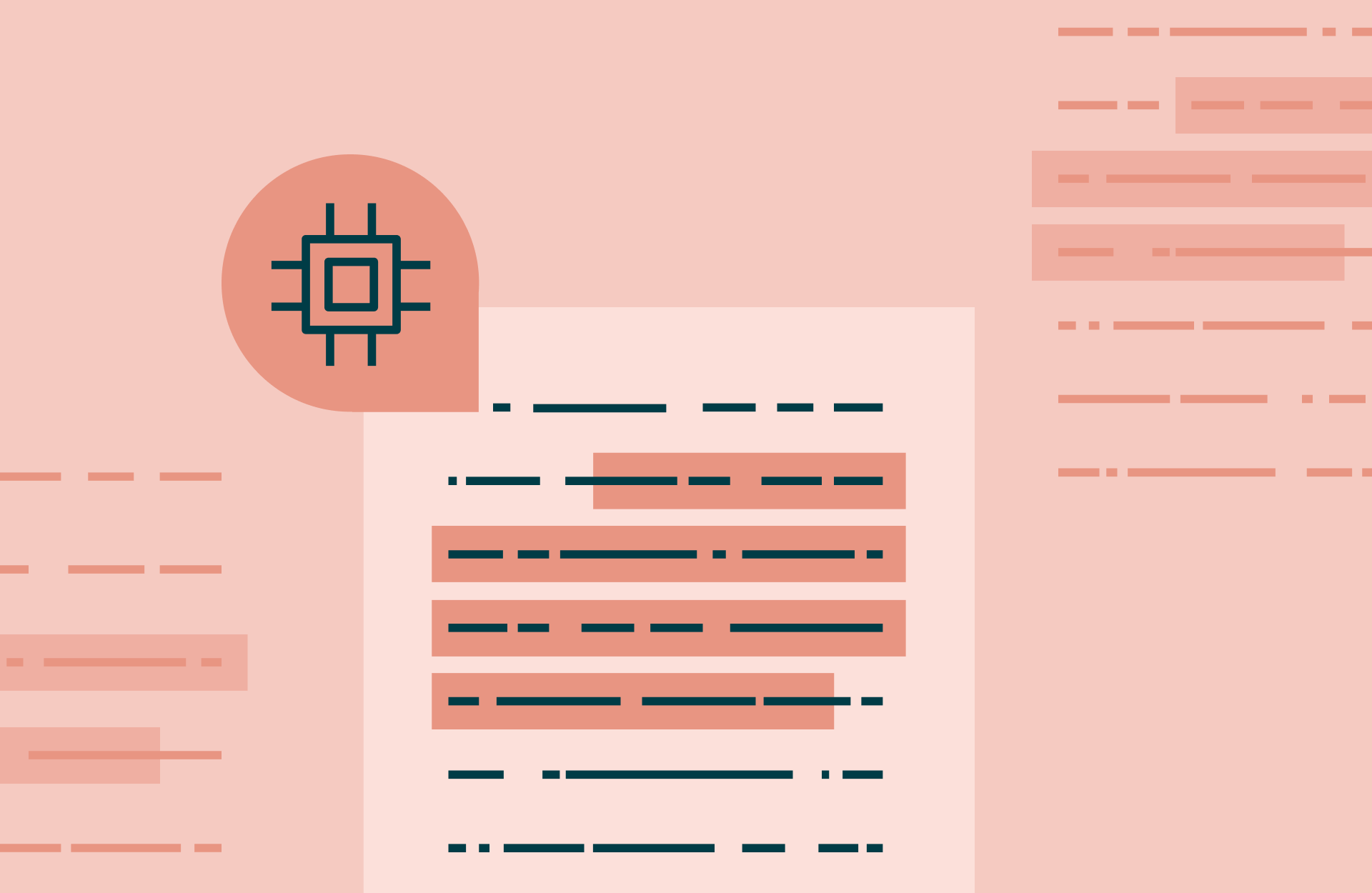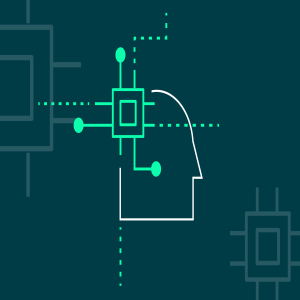AI writing has, in a short time, transformed the landscape of academic integrity.
That said, AI writing has been around for decades. The term Artificial Intelligence, also known as AI, was coined by John McCarthy in 1956. AI writing itself has existed since 1967 when Alison Knowles used the programming language FORTRAN to write poems. Before that, Alan Turing initiated discussions around AI when he asked, “Can computers think?” in 1950.
From that point on, AI writing has flourished, gaining visibility in recent years. In 2014, Associated Press became the first newsroom to have an AI editor. The Washington Post used Heliograph to write articles for the Rio Olympics in 2016. Now, there are a number of AI writing services accessible to the mainstream, allowing students, researchers, and others to input several data points so that an AI writer can complete an essay or article.
That AI writing has served valid functions and penetrated respected bastions of journalism muddies the waters for academic writing. If newspapers can use AI, why can’t students or researchers?
Similar to contract cheating, using AI to write an assignment isn’t technically plagiarism. No original work is being copied. But at the same time, it isn’t the student’s original work. In many ways, AI writing and contract cheating are very much alike; in the realm of contract cheating, students submit a request to an essay mill and receive a written essay in return. With AI writers, the only difference is that a computer generates the work. To that end, using AI writing to complete an assignment and represent it as your own work qualifies as academic misconduct.
Which brings us to the crossroads of AI writing in the classroom, where AI-generated text has caused new disruption.
At Turnitin, we’re incorporating the “big picture” of AI writing and its long-term benefits while at the same time safeguarding the true intention behind learning and knowledge acquisition. Turnitin CEO Chris Caren recently engaged with Jasper AI in an interview that addresses the potential and challenges of AI writing in the education space:
“We know that AI can be a force for good in education,” Caren states in the interview, “when the tools are accessed equitably, transparently, and skillfully. As an academic integrity company, we advocate for the responsible use of AI. When leveraged skillfully, we see AI potentially being used as a learning aid and intermediary tool that may even facilitate deeper intellectual inquiry. We’re focused on all possible current and evolving use cases for AI writing tools, considering both the positive and negative implications of these tools.”
So, what are the positive implications, according to Caren?
- AI can empower students by, says Caren, putting “students in the role of giving feedback, rather than always being on the receiving end. This gives students new perspectives on how to evaluate their own writing.”
- AI can support the entire learning journey. Caren states, “For more advanced writers, generative AI can remove much of the repetitive mechanics of writing. This allows seasoned writers to focus on the bigger picture and higher level thinking.”
- AI can uphold feedback loops at scale. “For teachers,” shares Caren, “these Large Language Models have the potential to massively scale summarization and feedback. This results in teachers spending more time giving feedback on high level concepts, and possibly even improving grading consistency and fairness.”
AI also presents very real challenges to educators right now.
The immediate challenges of AI as Chris Caren states them in the Jasper AI interview are:
- AI writing tools, when not being used to further student learning, result in a form of academic misconduct; remediation is a priority for educators. It is also a priority at Turnitin, where detection of content created by Ai writing tools such as GPT 3.5, ChatGPT, and the like are in progress.
- Defining AI writing’s role in education (and/or misconduct) is still in progress. According to Caren, “We’ve also heard from educators that there are diverse perceptions on whether AI writing should be allowed or not in academic work. At Turnitin, we recognize the most recent AI writing tools as marking a clear point of no return.” This impacts how AI writing is addressed in honor codes.
- AI writing in student writing assignments is, frankly speaking, brand new and educators are still discovering AI’s full capabilities and thus strategies to mitigate misconduct.
AI is a disruptive technology; it can hinder things short term, but disruption can also open up opportunities for permanent and positive change. AI writing, according to Caren, is “firmly part of the educational landscape.”
Reviewing academic integrity policies with students is always best practice, and openly discussing AI writing and its place in the classroom is not only a way to clarify boundaries but a way to build communication channels with students. Caren states, “We all need to go back to basics and reimagine the true intent behind academic assessment: as a means of demonstrating knowledge acquisition.”



